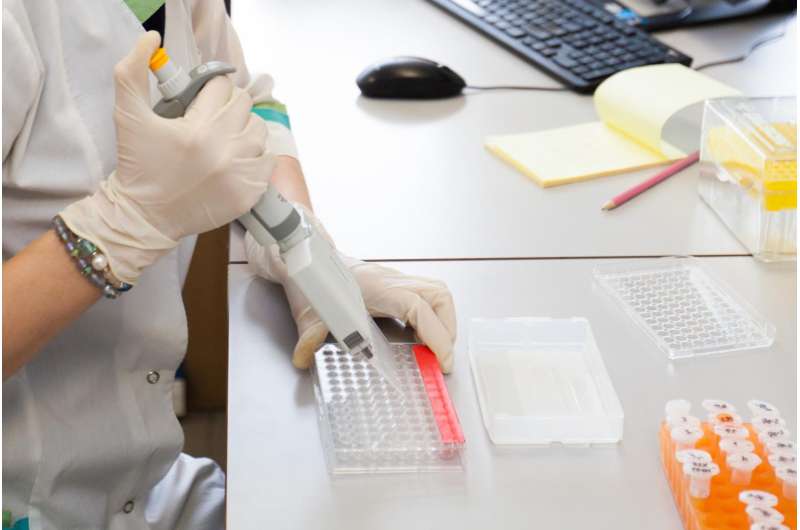Scientists propose solution for blast cells' classification in diagnostics of acute lymphoblastic leukemia

Currently, diagnostics of acute leukemia are based on manual calculations of different types of cells by blood smears and bone marrow aspirations. The data from morphological research conducted by doctors in the microscopic analysis of blood and bone marrow products shows high variability of blast cells, and, as a consequence, leads to complications in identification of cell types and possible errors in diagnostics. In acute lymphoblastic leukemia, determining the presence of leukemia cells, which are morphologically similar to lymphoblasts in blood or bone marrow, requires conducting differential diagnostics with other lymphoproliferative diseases and reactive lymphocytosis. In a number of cases, this is a difficult diagnostic problem.
Computer microscopy for classification of bone marrow and blood cells specifies characteristics of lymphocytes and leukemia blasts. MEPhI specialists and colleagues from the N.N. Blokhin Cancer Research Center have researched and shown the applicability of the methods of texture analysis of nuclei chromatin imagery for separation of blasts and lymphocytes with an aim of acute lymphoblastic leukemia diagnostics.
The results of work can be used in getting additional independent criteria in acute lymphoblastic leukemia diagnostics. According to post-graduate student E.V. Polyakov, further research will include blast differentiation from other types of blood cells to raise the accuracy of haematological diseases' diagnostics.

















